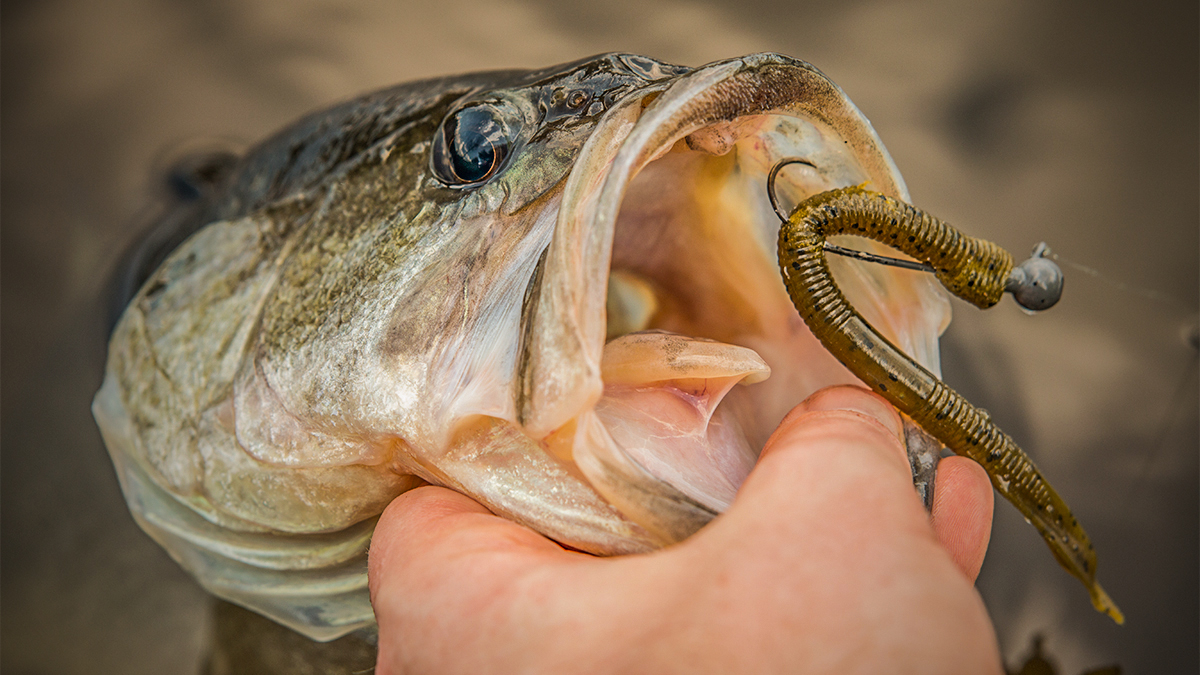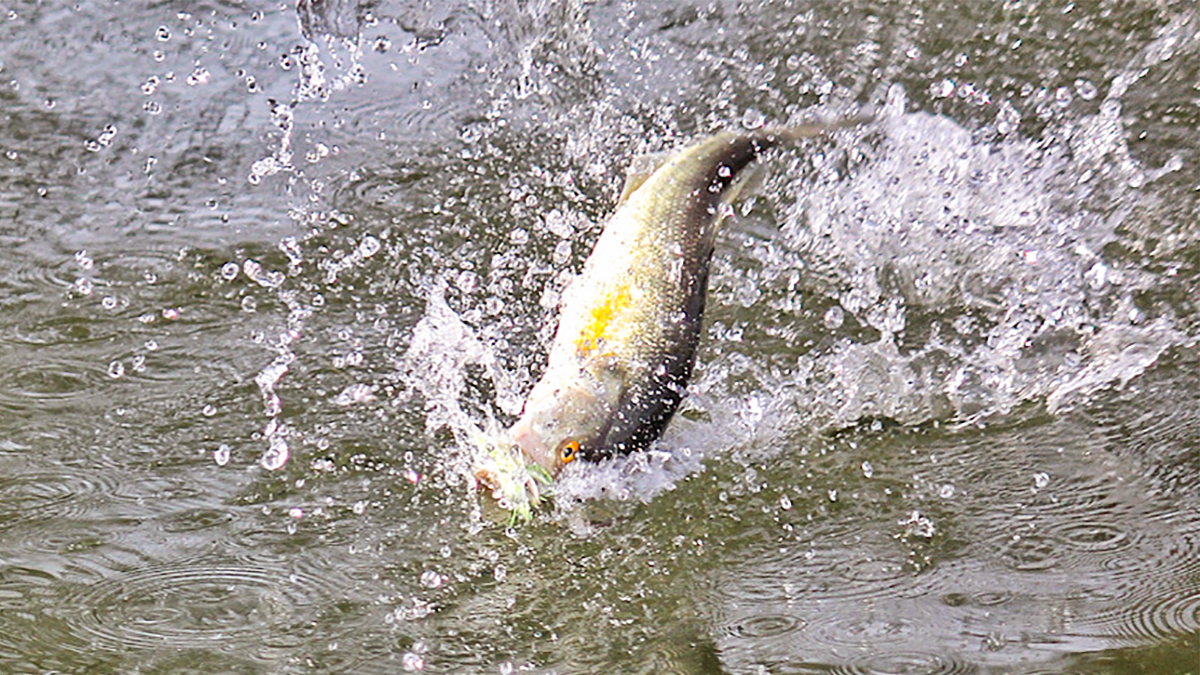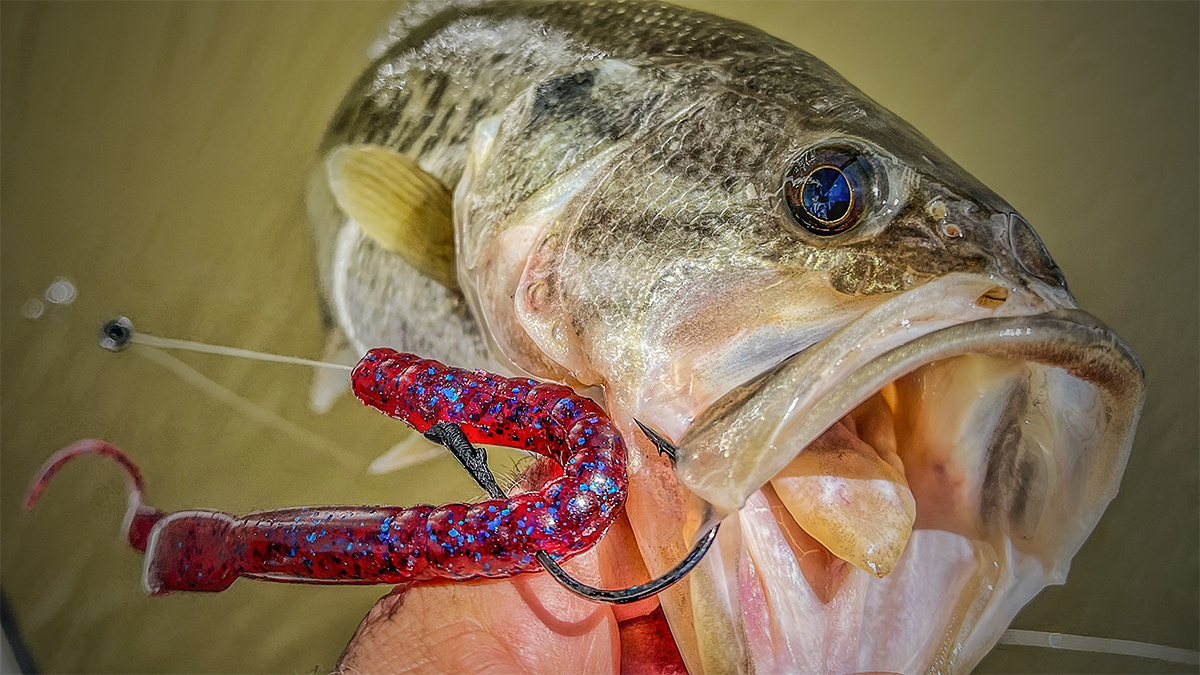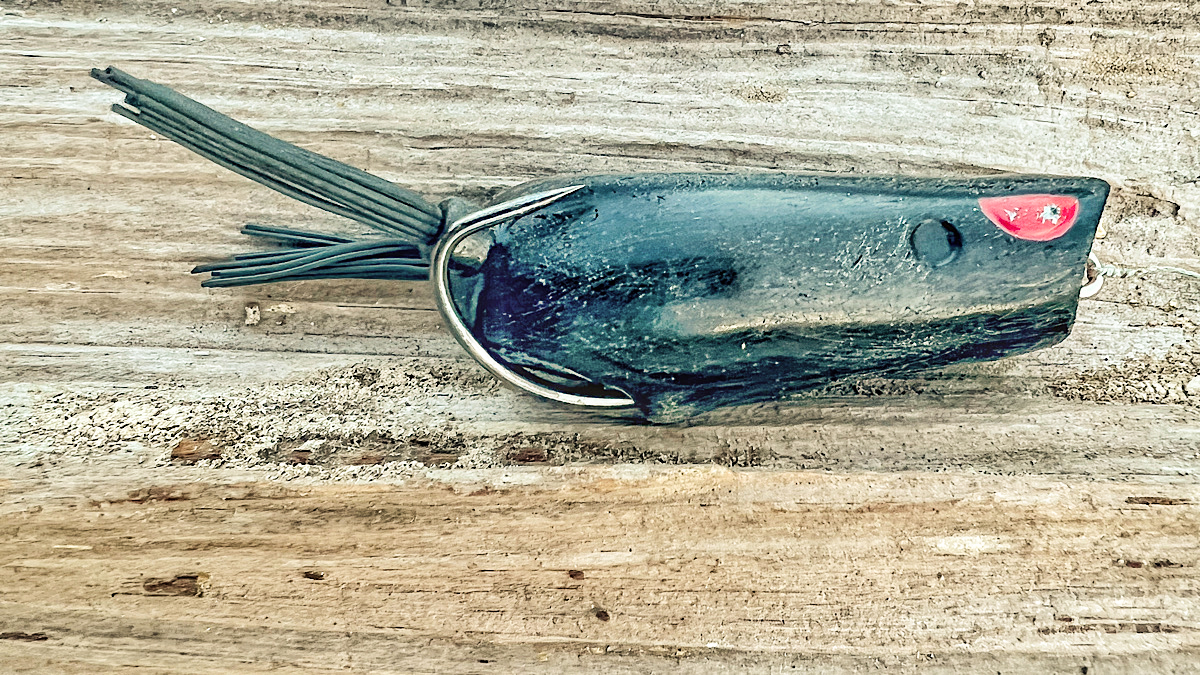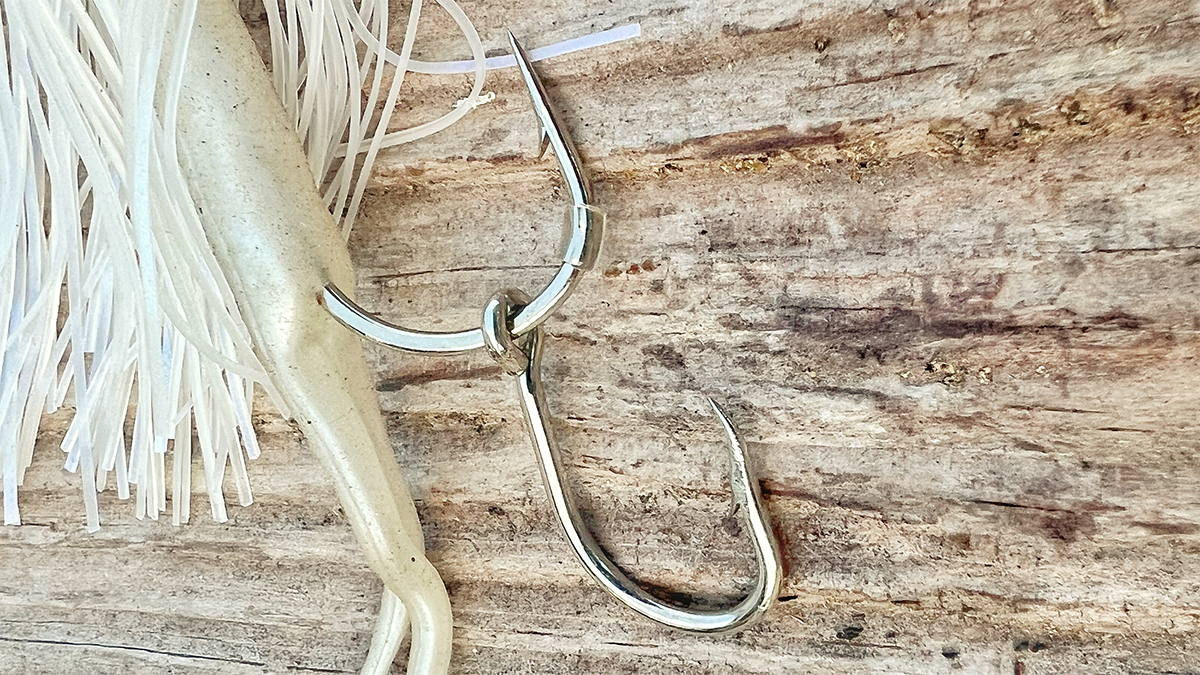Missing fish is the worst. On the grand scheme, there are a lot of other things that are worse. But on the small scale while you’re out on the water, missing a good fish is right up there with needing a bathroom break… with no bathroom break materials on hand… on a lake filled with alligators.
It’s just a bad deal.
So if a buddy knew of some ways to help me not miss fish, I would want him to share. That’s what we’re here to do today; we’re the buddy and hopefully we’re going to share some tips with you that will help you catch more fish and miss them less often.
Let ‘em pull it under
Tip number one is relevant with buzzbaits, toads, reeling prop baits and really any topwater bass fishing lure for that matter. But especially those that you constantly reel. It’s really tempting when you see a fish boil on a bait or hear a massive blowup to just snatch right away. Often times, however, the fish don’t connect with the hooks of a topwater on the first swipe and you’ll actually end up snatching the bait away from a fish if you react to that sound or visual indication of a bite.
Instead, you want to wait until the bass pulls the bait under. Sometimes, the fish will boil on a topwater multiple times as you’re reeling it or working it along the surface. Just do your best to lay off the trigger until you see the bait go under. Sometimes you’ll even feel your rod start to load up with buzzbaits and baits like a Whopper Plopper. Then you want to lean into the fish with treble-hooked baits and you can really lay into them with the baits with bigger single or double hooks like a toad or hollow body frog.
Count to three
With jigs and Texas rigs that you’re casting out and dragging back, you have to be careful again not to jump the gun and set the hook too early. It’s a good idea, especially with longer worms, to drop your rod a little after you first feel the bite and count to three before setting the hook. With both worms and jigs, it’s a good idea to kind of ease up on the rod and put tension back on the line to see if the fish still has the bait or if it just hit it and dropped it. This is often referred to as “checking” a fish.
If you feel the fish swimming with it, lay into her. But if the fish has spit the bait out, you can often work it a little longer and the bass will pick it up again. Counting to three before setting the hook also prevents a lot of short strikes with worms, where the fish may eat the tail end of the bait on the initial thump, but not have enough of the worm yet for the hook to be in the fish’s mouth. Giving them a few seconds usually allows the fish to eat the rest of the bait and then when you set the hook you actually hook up with the fish, instead of just reeling in half a worm.
Bend the hooks up
This is a big one for hollow body baits like popping frogs, walking frogs and others soft topwaters with a double hook. Most baits like this come with their hooks kind of running flat with the top of the lure. This helps make the bait extremely weedless. The only issue is there are times when you get a bite and the hook doesn’t penetrate the fish because the bait is a little too weedless.
To help prevent missing fish with a hollow body bait, try bending the hooks up a little, so they’re pointed slightly upward as opposed to running flush or parallel with the top of the lure. This helps the hook go up and into the roof of the fish’s mouth when the bait compresses and can greatly increase your hookup ratio.
Add a trailer hook
Adding a trailer hook is another great way to convert a lot of misses into fish catches. Personally, I’ve caught countless fish just on a trailer hook, which proves to me that if the trailer hook wasn’t there, the fish wouldn’t have been caught. There are lots of trailer hooks out there depending on the bait you’re using. You can even add a Lake Fork Frog Tail Hook as a trailer hook to the back of a hollow body bait to further increase your odds of converting strikes into fish catches if you’d like.
But the more common lures to use trailer hooks with are spinnerbaits, buzzbaits and vibrating jigs. Adding a trailer hook to the back of these baits greatly decreases the number of missed or lost fish you’ll experience. And even when the fish do get the bait good enough to get to the main hook, the trailer hook often really locks them onto the lure and ensures you’ll get them to the boat.
In conclusion
When you’re out on the water, you want to do all you can to convert as many bites into catches as possible. Practicing patience and letting a fish pull a topwater all the way under before setting the hook is critical. Counting to three on a lot of your bottom hopping baits helps, too. Also, bending the hooks up on some baits or even adding a trailer hook when applicable are also both great ways to increase your hookup ratio.
But remember to be careful and not overdo it. Sometimes, fish are super aggressive and will get a bait without a lot of help. For example, you might ask, “If counting to three works well with a worm, why not count to five, or even ten?”
Well, if you go that route the fish is much more likely to swallow the bait completely and suffer real damage.
Instead, a quick three count, check the fish to see if it has it and then stick it to ‘em. The rest of these tips pose little additional risk to the fish. So, try implementing them the next time you’re on the water and see if they help!


